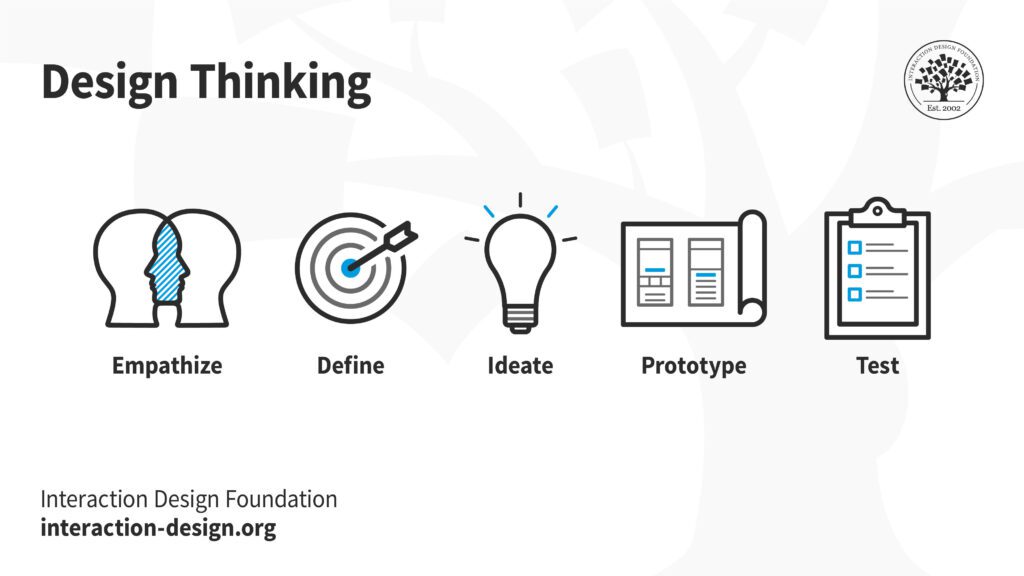Level design is a crucial aspect of game design, responsible for creating the environment and challenges that make a game engaging and immersive. The primary goal of level design is to create a fun and engaging experience for the player by challenging the player, offering opportunities for exploration and discovery, and providing a sense of accomplishment when completed. Key components of level design include the level layout, hazards, enemies, puzzles, and secrets. Techniques and strategies for enhancing the player’s experience include offering variety, providing feedback, and creating emotional impact through story, music, and aesthetics.
Leveling Up Your Game Design Skills: A Deep Dive into Level Design Techniques and Strategies
Game design is a complex and multi-faceted field that requires a wide range of skills and knowledge. One of the most essential aspects of game design is level design. The level design is the art of creating the environments, challenges, and experiences that make up a game. A well-designed level can make or break a game’s success. In this article, we will explore the techniques and strategies that game designers use to create immersive and engaging levels.
Understanding the Goal of Level Design
Before diving into the techniques and strategies of level design, it’s essential to understand its primary goal. The goal of level design is to create an engaging and immersive experience for the player. A well-designed level should challenge the player, offer opportunities for exploration and discovery, and provide a sense of accomplishment when completed.
The Building Blocks of Level Design
The first step in creating a level is to establish its core components. These components include the level layout, hazards, enemies, puzzles, and secrets. Each of these components plays a critical role in creating an engaging and immersive experience for the player.
Level Layout
The level layout is the foundation upon which the entire level is built. It includes the placement of environmental objects such as platforms, power-ups, and obstacles. The layout also determines the path the player will take through the level. The layout must strike a balance between being challenging enough to keep the player engaged but not so difficult that they become frustrated.
Hazards
Hazards are elements that pose a threat to the player. These can include environmental hazards such as spikes or lava, or enemy hazards such as hostile creatures. Hazards should be placed in a way that offers a challenge to the player while not feeling unfair or punishing.
Enemies
Enemies are a classic element of level design. They challenge the player and provide an opportunity for combat. A well-designed enemy should offer varied behaviors and weaknesses, providing a fun and engaging experience for the player.
Puzzles
Puzzles provide a way to break up the action and offer the player a chance to solve problems. A well-designed puzzle should be challenging enough to require the player’s attention but not so difficult that it becomes a frustrating roadblock.
Secrets
Secrets are additional hidden objectives within a level that offer rewards to the player. This can include power-ups, hidden paths, or additional story elements. Secrets should be well-hidden and add additional replayability to the level.
Designing for Player Experience
Ultimately, the goal of level design is to create a fun and engaging experience for the player. There are several techniques and strategies that can be used to enhance the player’s experience.
Offering Variety
Variety is critical in keeping the player engaged. This can include a variety of challenges, enemies, or environmental elements. Variations on the level layout can also add variety, such as different themes or environments.
Providing Feedback
Feedback is essential in helping the player understand how they are interacting with the level. This can include visual cues such as enemies flashing when hit or sound effects when power-ups are collected. Feedback should be clear and unambiguous, helping the player feel in control of the game.
Creating Emotional Impact
Creating emotional impact can be achieved through various techniques such as story, music, and aesthetics. A well-told story can immerse the player in the game world and provide a sense of emotional investment. Music can add emotional depth and help set the tone for different areas of the game. Aesthetics can create a sense of atmosphere and immersion, helping the player feel like they are experiencing a fully realized world.
Conclusion
Level design is a critical aspect of game design, providing the environment and challenges that make the game engaging and immersive. By understanding the building blocks of level design and designing for player experience, designers can create engaging and memorable experiences for players. With the right techniques and strategies, any designer can level up their game design skills and create unforgettable levels.
